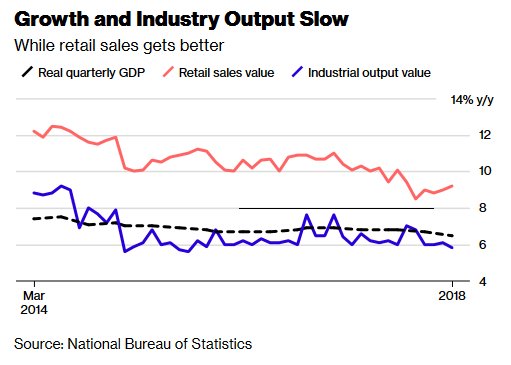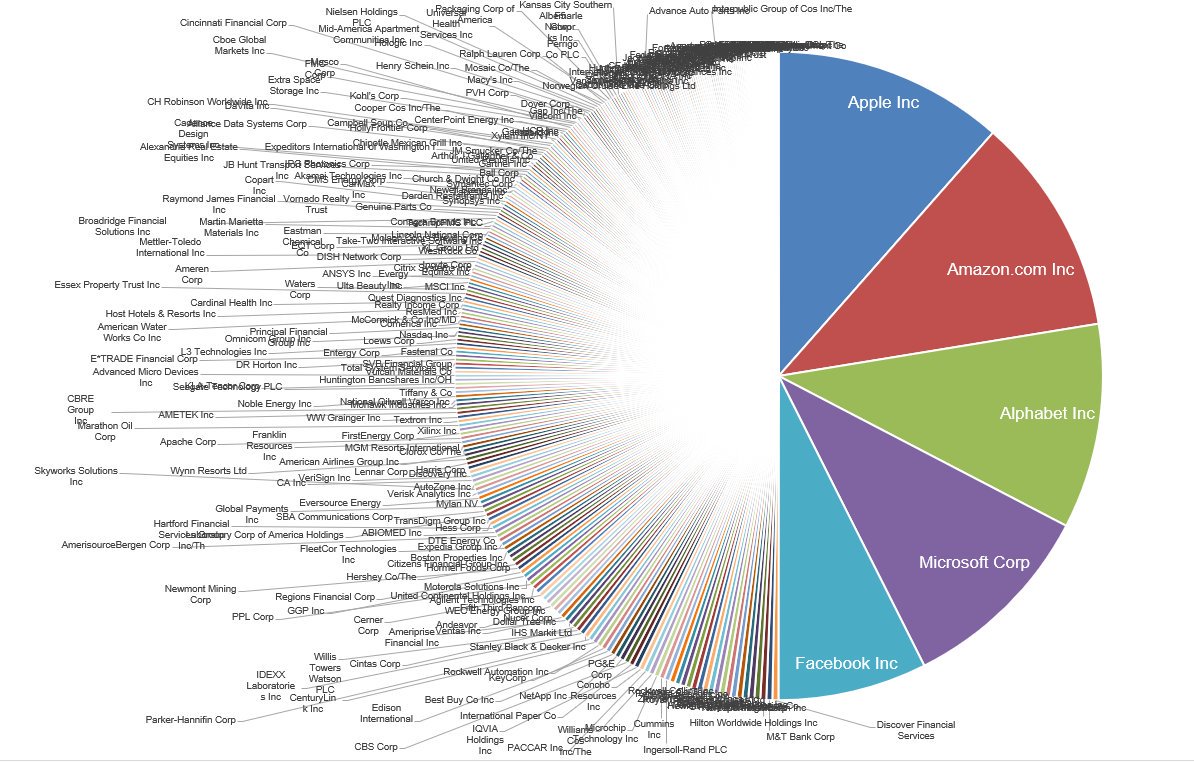1) Cheaper Product:
A) Electricity cost are 70-75% cheaper per mile than petrol or diesel.
B) EVs should be 70%+ cheaper to maintain (due to significantly fewer moving parts, no damaging combustion engine, regenerative breaking saving brake wear etc) once EV service networks reach economies of scale.
C) EVs can be built to last 2-3x longer than an ICE car (0.5-1 million miles). Tesla’s powertrain is designed to last 1 million miles. Batteries currently last ~0.3 million miles (and can be easily replaced) but Tesla is likely close to releasing its million-mile battery.
D) EV depreciation per year should be significantly less than ICE cars due to their far longer lifespans, cheaper cost of ownership and fears of ICE car bans (which will accelerate ICE depreciation rates).
E) All of this leads to a total cost of ownership significantly lower than comparable ICE cars despite still significant EV upfront production cost handicap due to battery costs.
F)
Consumers are not as stupid as most people assume, and when they are made aware that EVs are already cheaper than ICEs on a total cost of ownership basis, most will buy them.
G)
But most EV components are following rapid technology cost experience curves (Wright’s Law) & EVs are rapidly approaching upfront cost parity too (Model 3 & Y already at price parity for comparable spec ICE cars despite higher margin).
Upfront price parity will vary by market and segment, but most are likely to be reached within the next 5 years.
H)
EVs are significantly safer to drive due to front crumple zone (no engine in front of the driver), lower centre of gravity (limiting rollovers) and lower combustion risk (so far ~10x less per mile because EVs do not contain a huge tank of highly flammable fuel).
I) Over time, this should drive significantly cheaper insurance vs ICE cars.
A) EVs are faster to accelerate and brake, while the low centres of gravity and low polar moments of inertia give superior driving dynamics.
B) EVs are much quieter which leads to both a more enjoyable drive and less noise pollution on city streets.
C) Leaving a car to charge overnight at home or during the day at work is significantly more convenient than regular trips to the gas station. 95%+ of charging will take place at home and only rarely for long trips will you need to visit a supercharger.
D) But a supercharge can already add 75 miles in 5 minutes or 180 miles in 15 minutes to a Model 3.
E) Many different interests are incentivised to roll out the necessary EV charging infrastructure: EV manufacturers, EV charger start-ups, Electricity utilities wanting to open up a new demand stream, governments working on advancing clean energy etc
A) Regulations are increasingly supportive of the EV transition, particularly in Europe and China.
B) As the EV transition gains momentum it becomes increasingly obvious we can transition the global economy to Clean Energy while delivering increased economic growth which makes it a much easier political decision to ban ICE cars.
C)
Current studies suggest ICE cars could kill 1m+ people per year from air pollution and there is growing awareness of the issue. Both politicians and consumers are increasingly aware of the need to make a change.
D) ICE car CO2 emissions are a key contributor to global warming which could lead to huge economic damage, wealth destruction, 1 billion+ people losing their homes & an unprecedented wave of climate refugees.
E) Awareness of the urgency of addressing CO2 emissions to avoid the risk of the worst outcomes is increasing rapidly.
F)
EVs already emit significantly less CO2 than ICE cars even if they are powered by 100% coal power. However, coal is rapidly dying (it is not economic), and electricity grids are getting cleaner every year. EVs also have longer useful life lowering manufacturing CO2/mile.
G)
The EV transition will massively progress the experience curve for batteries which will make building solar/wind + battery storage cheaper than continuing to operate existing fossil fuel power plants
H) Fuel independence from Russia, Africa and the Middle East is a major advantage for national defence and trade balance for countries such as China and much of Europe
A) ICE production costs are increasing due to more strict emissions limits requiring more expensive tech.
B) ICE OEMs are forced to start to sell EVs to avoid emissions fines, which means they will have to raise consumer awareness of the many advantages of EVs (and fight all the disinformation).
C) ICE car sales will likely collapse faster than EV capacity can be built, accelerating EV penetration in % terms. Few people will want to buy ICE in 5 years as it will be clear they will soon be obsolete and will face rapid depreciation (and even local or national bans).
D Falling ICE car sales reduces fixed cost leverage and increases production costs, putting them at a further disadvantage vs EVs.
A) All self-driving cars will be electric because after stripping out driver costs, an EV taxi service will make 3-4x more profit than an ICE taxi service due to lower fuel, maintenance & depreciation.
B) Succeeding with Robotaxis is a black swan (from the markets perspective that gives it close to 0% probability) that will massively accelerate the EV transition (both in quantity of cars built and even further in terms of EV miles driven per year)
C) This is because Robotaxis can have far higher utilisation meaning less need to be built to replace miles driven by the current 1 billion ICE car fleet.
Robotaxi's will also generate huge cashflow that Robotaxi companies can invest in EV production capacity.








